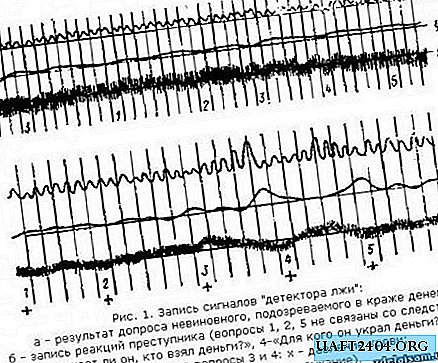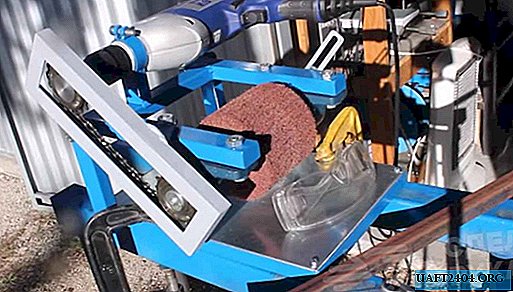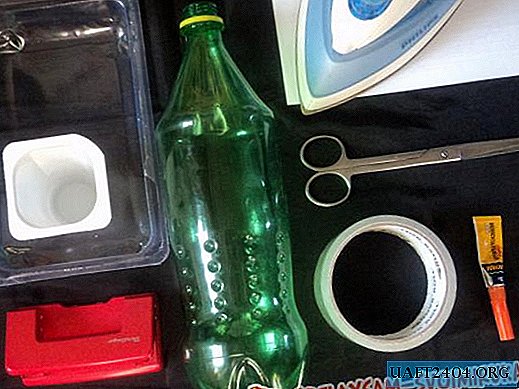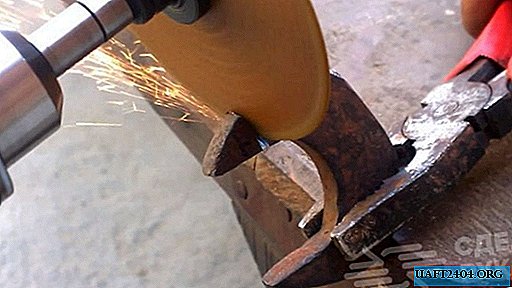Share
Pin
Tweet
Send
Share
Send
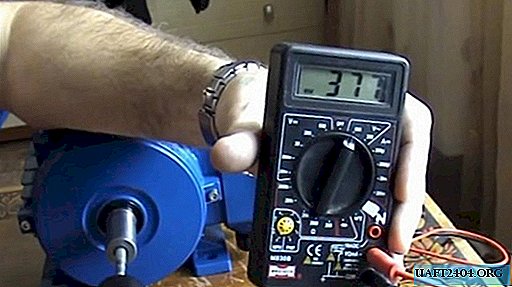
It was based on an industrial AC induction motor with a power of 1.5 kW and a shaft rotation speed of 960 rpm. By itself, such a motor initially cannot work as a generator. He needs refinement, namely the replacement or refinement of the rotor.
Engine Label:

The engine is good in that it has seals wherever needed, especially for bearings. This significantly increases the interval between periodic maintenance, since dust and dirt cannot get into and get into anywhere.
The llamas of this electric motor can be put on either side, which is very convenient.

Converting an induction motor into a generator
Remove the covers, remove the rotor.
The stator windings remain native, the engine does not rewind, everything remains as it is, unchanged.

The rotor was finalized to order. It was decided to make it not all-metal, but prefabricated.

That is, the native rotor is ground down to a certain size.
A steel cup is machined and pressed onto the rotor. The thickness of the scan in my case is 5 mm.

Marking places for gluing magnets was one of the most difficult operations. As a result, by trial and error, it was decided to print the template on paper, cut circles in it for neodymium magnets in it - they are round. And stick the magnets in the pattern onto the rotor.
The main catch arose in cutting out multiple circles in paper.
All sizes are selected purely individually for each engine. It is impossible to give any general sizes for the placement of magnets.

Neodymium magnets are glued to super glue.

A mesh of kapron thread was made for reinforcement.

Then everything is wrapped with adhesive tape, a sealed formwork sealed with plasticine is made from below, and a filler funnel from the same adhesive tape is made from above. Everything is filled with epoxy.

The resin slowly flows down from the top.
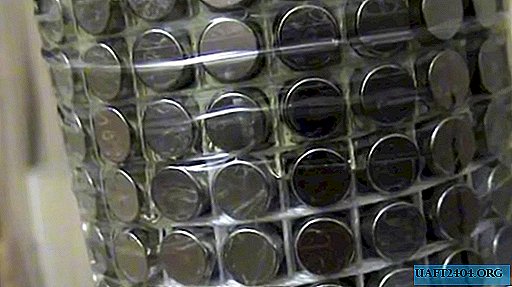
After the epoxy hardens, remove the tape.


Now everything is ready for the generator assembly.

We drive the rotor into the stator. This must be done with extreme caution, since neodymium magnets have tremendous power and the rotor literally flies into the stator.

We assemble, close the lids.

Magnets do not hurt. Almost no sticking, spinning relatively easily.
Verification of work. We rotate the generator from the drill, with a rotation speed of 1300 rpm.
The engine is connected with a star, with a triangle generators of this type cannot be connected, they will not work.
Voltage is removed to check between phases.

An induction motor generator works fine.

See the video for more details.
Author Channel - Peter Dmitriev
Share
Pin
Tweet
Send
Share
Send



